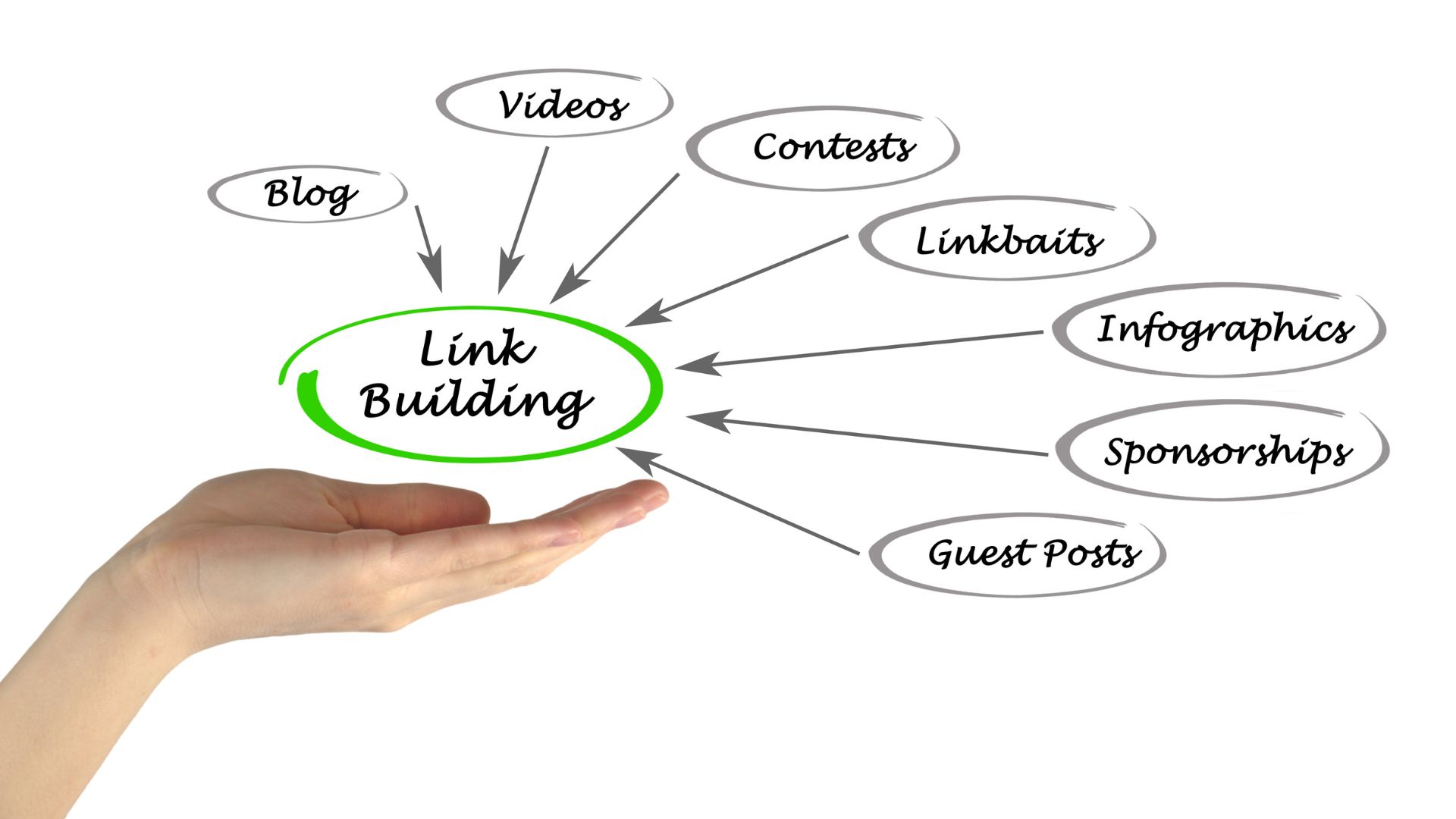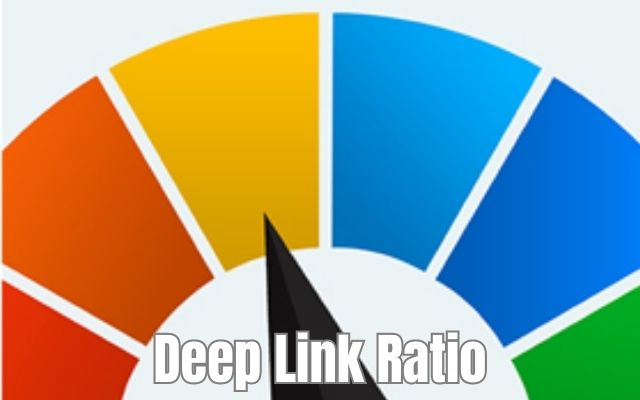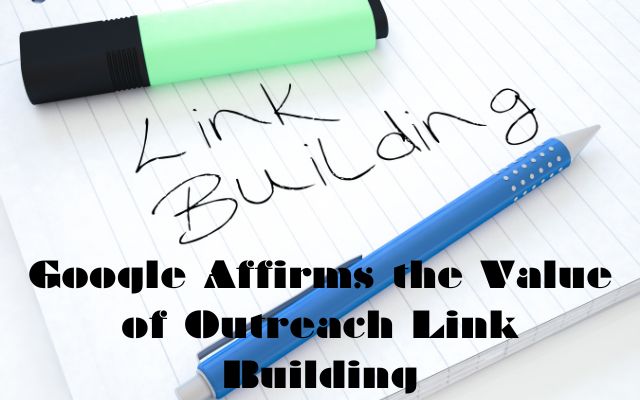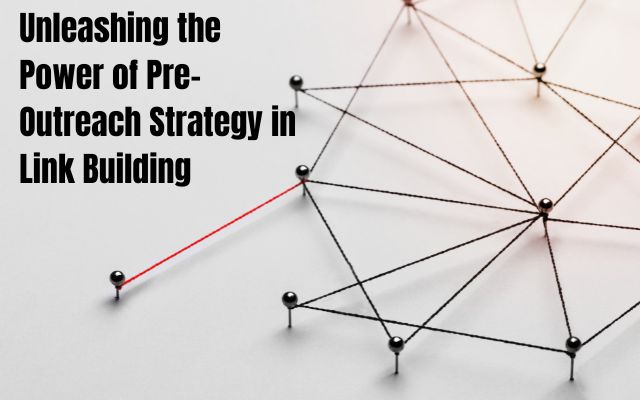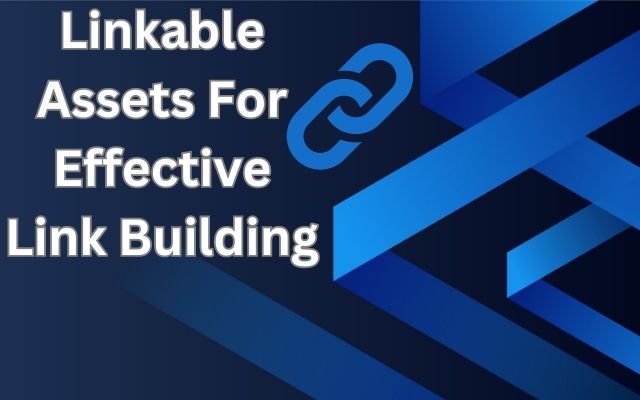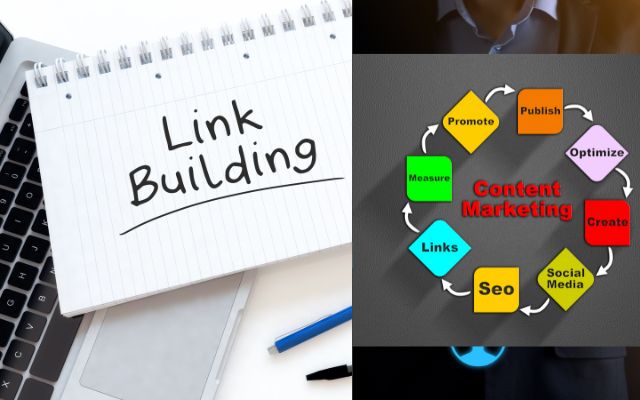Mastering Internal Linking for SEO: A Key Strategy for SEO Success
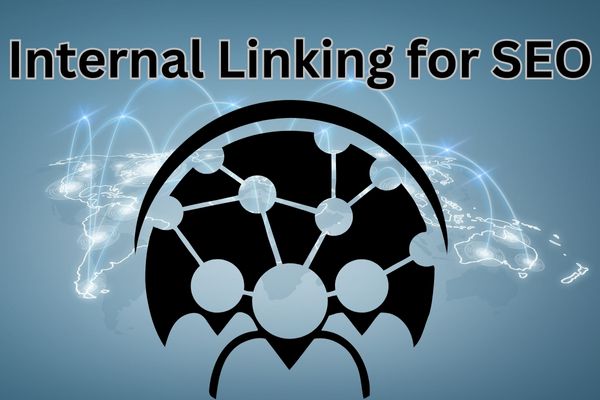
Effective internal linking for SEO can boost the visibility and authority of important pages on your website. While many SEO techniques focus on external factors such as backlinks, internal linking is often overlooked or underestimated. However, internal linking plays a crucial role in optimizing your website’s structure and enhancing its SEO performance. In this article, we will explore the significance of internal linking and provide insights on how to master this key strategy for SEO success.
Understanding Internal Linking:
Internal linking refers to the practice of linking one page of a website to another page within the same website. These links are typically found in the form of anchor text within the content of a webpage and are used to navigate between different pages or sections of a website. Internal linking is an essential aspect of website architecture and has several benefits for both users and search engine optimization (SEO).
The Benefits of Internal Linking for SEO:
- Improved Crawling and Indexing: Internal links help search engine crawlers discover and navigate through your website. By providing clear pathways between pages, you make it easier for search engines to find and index your content.
- Enhanced Website Structure: Internal links contribute to a logical and organized website structure. They help establish hierarchies and relationships between pages, which can positively impact user experience and SEO.
- Page Authority and Ranking: Internal links distribute the authority and ranking power of your website across different pages. By strategically linking to important pages, you can pass on authority and potentially boost their visibility in search engine results.
- Increased Time on Site and Reduced Bounce Rate: Well-placed internal links can encourage visitors to explore more pages on your website, leading to increased time on site and decreased bounce rate. This signals to search engines that your website provides valuable content and can positively impact SEO.
- Keyword Relevance and Contextual Signals: Internal links with relevant anchor text help search engines understand the topic and context of the linked page. This can improve the overall relevance of your content and potentially boost keyword rankings.
Best Practices for Internal Linking:
- Use Descriptive Anchor Text: Choose anchor text that accurately describes the linked page’s content. Avoid generic phrases like “click here” and instead use descriptive keywords that provide context.
- Link Relevant Pages: Link related pages together to establish logical connections and help users navigate through your content more easily. Ensure the linked pages provide valuable and complementary information.
- Keep it Natural and User-Friendly: Internal links should be inserted in a way that feels natural to readers. Avoid excessive linking or creating links solely for SEO purposes, as this can be seen as manipulative and harm user experience.
- Consider Page Depth: Ensure that important pages are easily accessible within a few clicks from the homepage. Limiting the number of clicks required to reach a page improves its visibility and authority.
- Regularly Audit and Update Internal Links: Periodically review your website’s internal links to ensure they are functioning correctly, point to relevant pages, and align with your overall content strategy.
Internal Linking Mistakes to Avoid:
- Excessive Internal Linking: Avoid overloading your content with too many internal links. This can confuse readers and dilute the value of each link.
- Irrelevant or Unnatural Anchor Text: Use anchor text that accurately reflects the linked page’s content. Avoid using misleading or unrelated keywords, as this can harm user experience and SEO.
- Broken or Redirected Links: Ensure that all internal links are functioning properly. Broken links or redirects can frustrate users and negatively impact SEO.
- Linking to Low-Quality or Duplicate Content: Only link to high-quality and unique content. Linking to duplicate or low-value pages can harm your website’s credibility and SEO performance.
- Ignoring Mobile Responsiveness: With the increasing use of mobile devices, ensure that your internal links are easily clickable and accessible on mobile platforms.
Tools and Plugins for Internal Linking:
Several tools and plugins can assist with internal linking on your website. Here are a few popular options:
- Yoast SEO: A widely used WordPress plugin that provides internal linking suggestions based on your content and helps optimize your on-page SEO.
- Screaming Frog: A website crawling tool that can help you identify internal linking opportunities, check for broken links, and analyze your website’s structure.
- Moz Link Explorer: This tool allows you to analyze your website’s internal links, identify link opportunities, and track the performance of your internal linking strategy.
- Google Search Console: This free tool from Google provides insights into your website’s performance in search results: internal linking data.
Measuring the Impact of Internal Linking:
To measure the impact of internal linking on your website, consider the following metrics:
- Organic Search Traffic: Monitor changes in organic search traffic over time. If internal linking is improving the visibility of your content, you should see an increase in organic traffic.
- Page Authority: Track the authority of important pages using tools like Moz’s Domain Authority or Ahrefs’ URL Rating. If internal linking is effectively distributing authority, you may see an improvement in these metrics.
- Time on Site and Bounce Rate: Analyze user engagement metrics like time on site and bounce rate. Effective internal linking should encourage users to spend more time on your website and explore multiple pages.
- Keyword Rankings: Monitor changes in keyword rankings for linked pages. If internal linking is reinforcing the relevance of your content, you may see improvements in keyword rankings.
- Conversion Rate and Goal Completion: If your website has specific goals or conversion points, analyze how internal linking affects the conversion rate and goal completion.
Remember, internal linking is a long-term strategy, and the impact may take time to manifest. Continuously monitor and adjust your internal linking approach based on the data and insights you gather.
- Understanding Internal Linking for SEO
- Building Stronger Connections: A Comprehensive Guide to Resource Link Building Strategies
- Unlocking the Power of Guest Blogging: Strategies and Tips for Building Your Online Presence
- The Art of Link Building: Strategies and Techniques for Success
- Reaching New Heights: A Comprehensive Guide to the Skyscraper Technique in Link Building
- Rebuilding the Chain: An In-Depth Guide to Broken Link Building for Improved SEO
- Social Signals for Link Building: How to Harness the Power of Social Media for SEO Success
- Building Backlinks and Boosting Engagement: The Power of Comment Link Building
- Mastering the Art of Link Building: Effective Techniques for Boosting Your Website’s SEO
- Unlocking Lost Opportunities: A Guide to Link Reclamation for Boosting Your Online Presence
- How to Find and Fix Broken Links on Your Website
- Mastering DoFollow Links for SEO Success
Conclusion:
Internal linking is an essential SEO strategy that should not be overlooked. By mastering internal linking techniques, you can improve your website’s visibility, user experience, and organic rankings. Remember to follow best practices, avoid common mistakes, and leverage tools and analytics to measure the impact of your internal linking efforts. Incorporating a well-optimized internal linking strategy will contribute significantly to your SEO success and help your website thrive in the competitive digital landscape.


